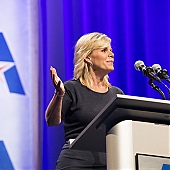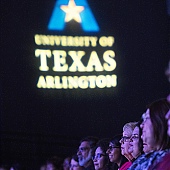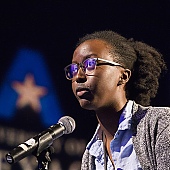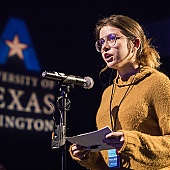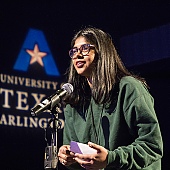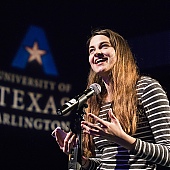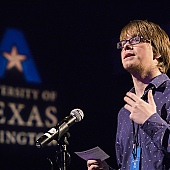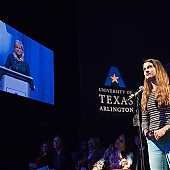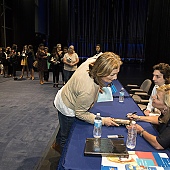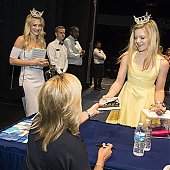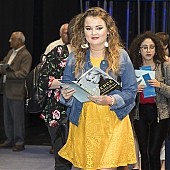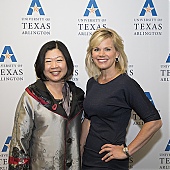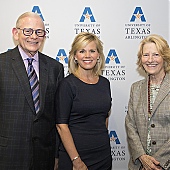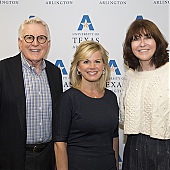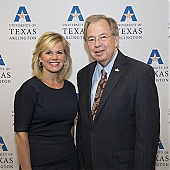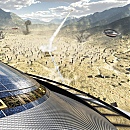
Battlefield DNA Sensors, 2040
A soldier returning from the battlefield is unknowingly carrying a contaminant. But sensors embedded on a small electronic chip detect the harmful matter, alerting personnel to treat the soldier, potentially saving his life and avoiding harm to fellow troops. Such a scene could play out. Materials science and engineering Associate Professor Seong Jin Koh leads a team at work on tiny sensors that could detect […]
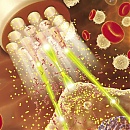
Optical Tweezers, 2050
When discussing ways to fight deadly forms of cancer, tweezers rarely enter the conversation. But two UT Arlington researchers are changing that. By manipulating cells with focused laser beams, or optical tweezers, they’re enabling drug-carrying nanoparticles to deliver medicine to cancer cells. Bioengineering Associate Professor Kytai Nguyen and physics Assistant Professor Samarendra Mohanty are part of the interdisciplinary effort in the Biophysics and Physiology Lab […]
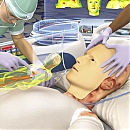
Biomask, 2025
Dealing with serious burns is a challenging medical problem, but researchers at UT Arlington’s Automation and Robotics Research Institute (ARRI) are making progress treating the deep facial burns often suffered by soldiers. In collaboration with the U.S. Army Institute of Surgical Research at the Brooke Army Medical Center in San Antonio, the approach involves a “biomask.” ARRI research scientist Eileen Moss calls it a paradigm […]
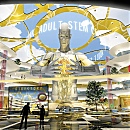
Adult Stem Cell Center, 2030
If you could cure any disease, what would it be? Cancer? Diabetes? Stroke? Bioengineering Professor Liping Tang and Ramesh Saxena, an associate professor at UT Southwestern Medical Center at Dallas, are shooting for all of the above with their research on stem cell production and harvesting. They have discovered that by utilizing medical devices such as catheters, they can create 200 times as many adult […]

